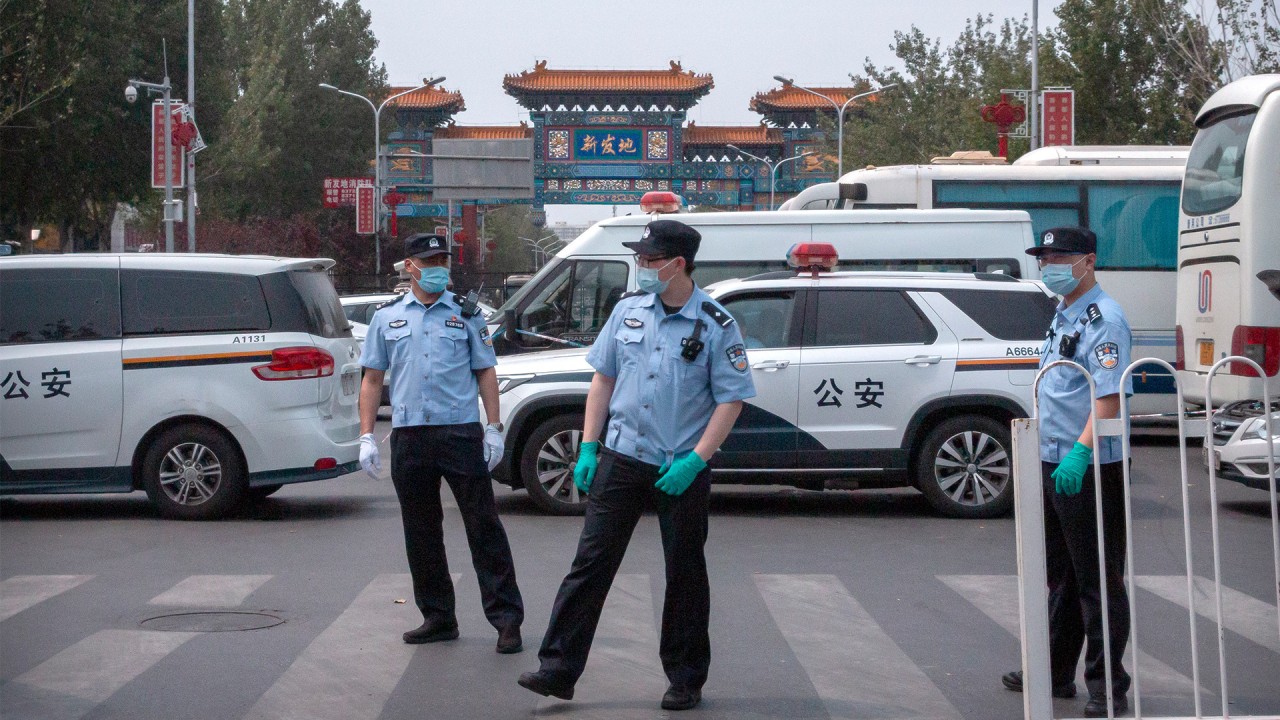
China’s coronavirus recovery plan falls back on old playbook of debt and construction
- China’s industrial recovery in May was sparked by local government spending and an imminent construction boom, analysts said
- Coronavirus recovery remains disjointed, with retail and investment still negative, even as analysts revised up annual economic growth forecasts
Analysts revised up China’s economic growth outlook for 2020, after new data suggested the government was turning to its old playbook to try and steer the economy out of the coronavirus crisis.
Consumption remained weak, with retail sales and asset investment both contracting again, according to new data released by the National Bureau of Statistics (NBS) on Monday. But in the industrial economy and specific areas of investment, there were suggestions of a construction boom.
Industrial production, a metric of output in the manufacturing, mining and utilities sectors, grew by 4.4 per cent in May compared to a year earlier, the strongest pace since December 2019. The growth was slightly lower than expected, but was driven by an uptick in the production of construction machinery.
The recovery was mainly driven by a further rise in infrastructure investment growth, which jumped to 10.9 per cent year on year in May from 4.8 per cent in April
Fixed asset investment growth remained negative at minus 6.3 per cent in May from a year earlier, but within that there were signs that traditional investment channels were picking up.
“The recovery was mainly driven by a further rise in infrastructure investment growth, which jumped to 10.9 per cent year on year in May from 4.8 per cent in April,” wrote Lu Ting, Nomura’s chief China analyst in a note.
“It is better than we thought,” Wang said of the overall economic picture. “We will adjust up our gross domestic product forecast [for the year] to about 2 per cent, now it is 1 per cent.”
The bulk of [stimulus] is boosting infrastructure and other investments, including in real estate
Perhaps in anticipation of imminent project work, excavator sales shot up by 67.8 per cent in May from a year earlier, while heavy duty truck sales rose by 61.6 per cent. Monday’s data also showed that cement output surged 8.6 per cent in last month year-on-year, while production of steel products jumped 6.2 per cent.
“Some of the current easing is supporting household consumption, but that is a small portion,” said Louis Kuijs, a China analyst at Oxford Economics, who is now expecting economic growth of between 2 per cent and 2.5 per cent this year in China, compared to a previous forecast of 0.8 per cent. “The bulk of [stimulus] is boosting infrastructure and other investments, including in real estate.”

02:17
Beijing district in ‘wartime emergency mode’ after spike in local Covid-19 cases
But retail sales remained persistently weak, shrinking by 2.8 per cent in May compared with a year earlier, even if it was an improvement on April’s minus 7.5 per cent. This followed on from soft imports in May, again suggesting that demand remains weak in the world’s second largest economy.
With a potential second wave of coronavirus infections leading to a new swathe of lockdown procedures in Beijing over the weekend, the NBS acknowledged that the Chinese economy is not out of the woods yet.
“The overseas pandemic is still raging and the global economy and trade have shrunk severely. Domestic contact and consumption is restricted, while the momentum of manufacturing investment is not sufficient,” said Fu Linghui, a spokesman, in a written response to questions. “Companies’ production and operations have been hit very hard, and the recent change in the epidemic situation in some areas means the impact on the economy is still uncertain.”


